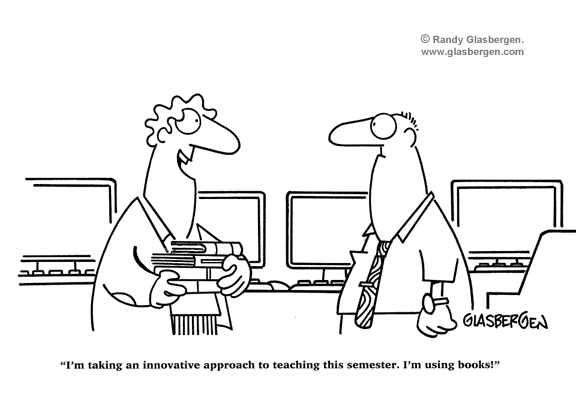The Fundamental Dilemma Within Any Instructional Reform

Over five years ago I wrote a post on a new teacher’s dilemma. In that post I defined what a dilemma was and distinguished it from a problem. Then I presented an instance of a dilemma in a novice’s classroom and asked readers what they thought. I have written about dilemmas often in this blog (see here and here).
Because “dilemma” is so often used as a synonym for “problem” and because these tensions over choices are constant in our personal and professional lives, I want to dig deeper into one facing all policymakers, past and present, intent upon altering how teachers teach from kindergartens to Advanced Placement courses. Whether teachers are new or experienced, whether they are white, African American, Latino, or a first generation college graduate in their family the tension between policymakers seeking to change traditional classroom practices and classroom teachers who are expected to put new instructional policies into practice–has been a constant.
In concrete terms, the dilemma is basically that those who adopt instructional policies aimed at changing how teachers teach (e.g., turn-of-the-century Progressives advocating student-centered learning, the highly touted Reading First program that the federal government mandated and monitored a decade ago; current deploying of tablets and software to every teacher and child in district schools asking that teachers drop old ways of teaching and embrace new ones such as “personalized learning.”
In short, new instructional policies a century ago and now assume that teachers are part of the problem–why else adopt a policy seeking improvements in The Fundamental Dilemma Within Any Instructional Reform | Larry Cuban on School Reform and Classroom Practice:
